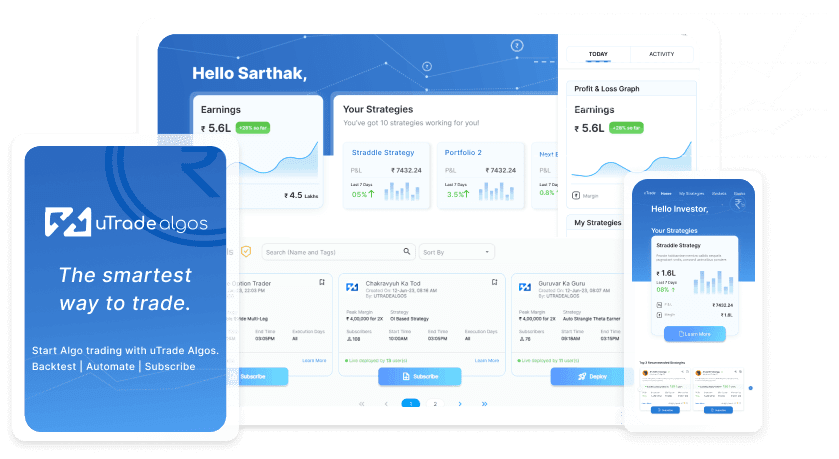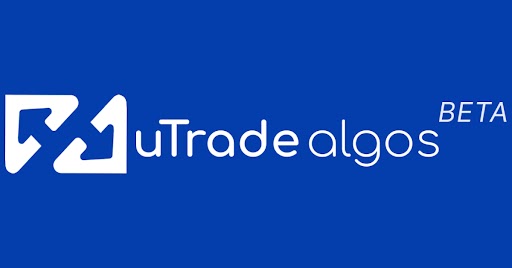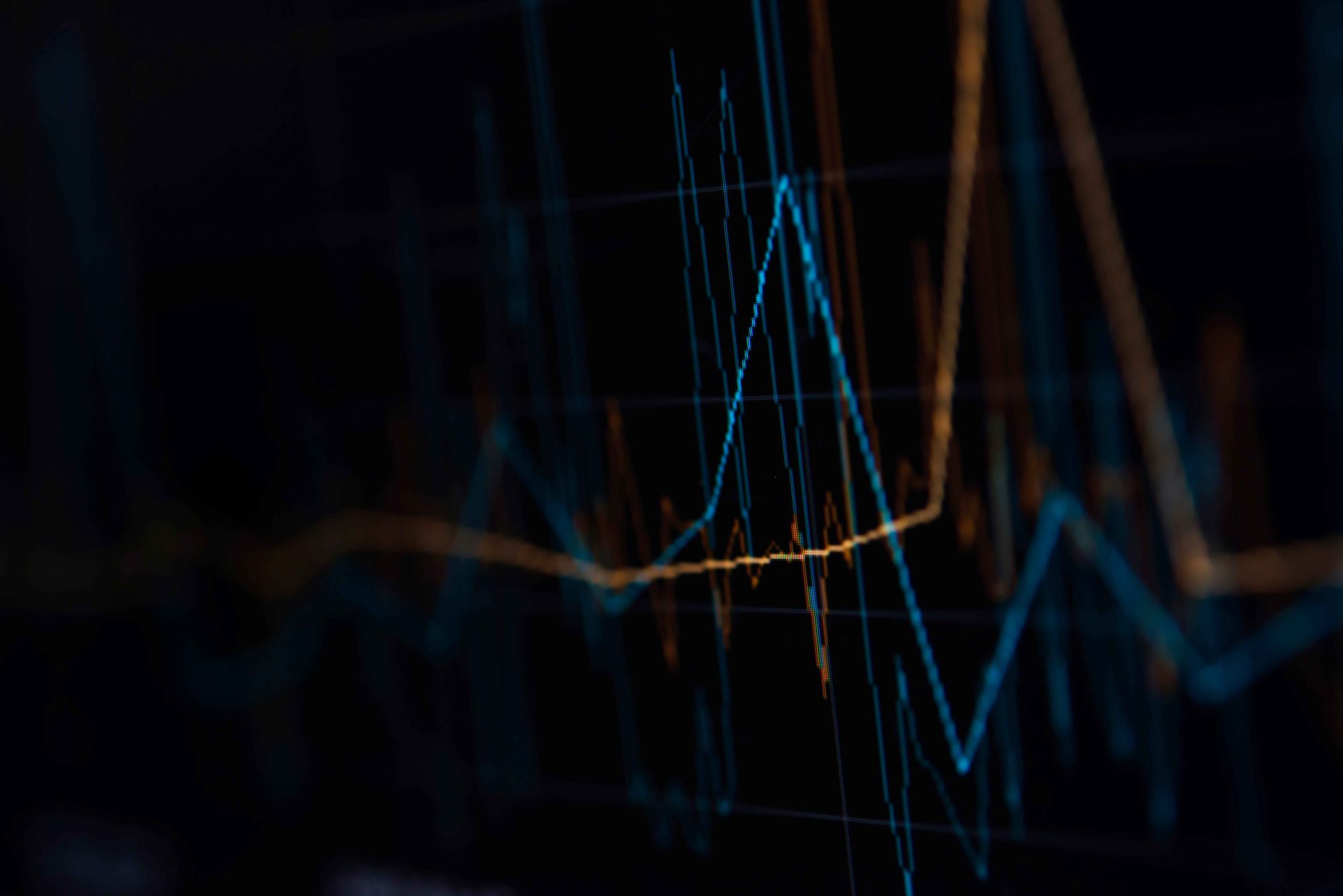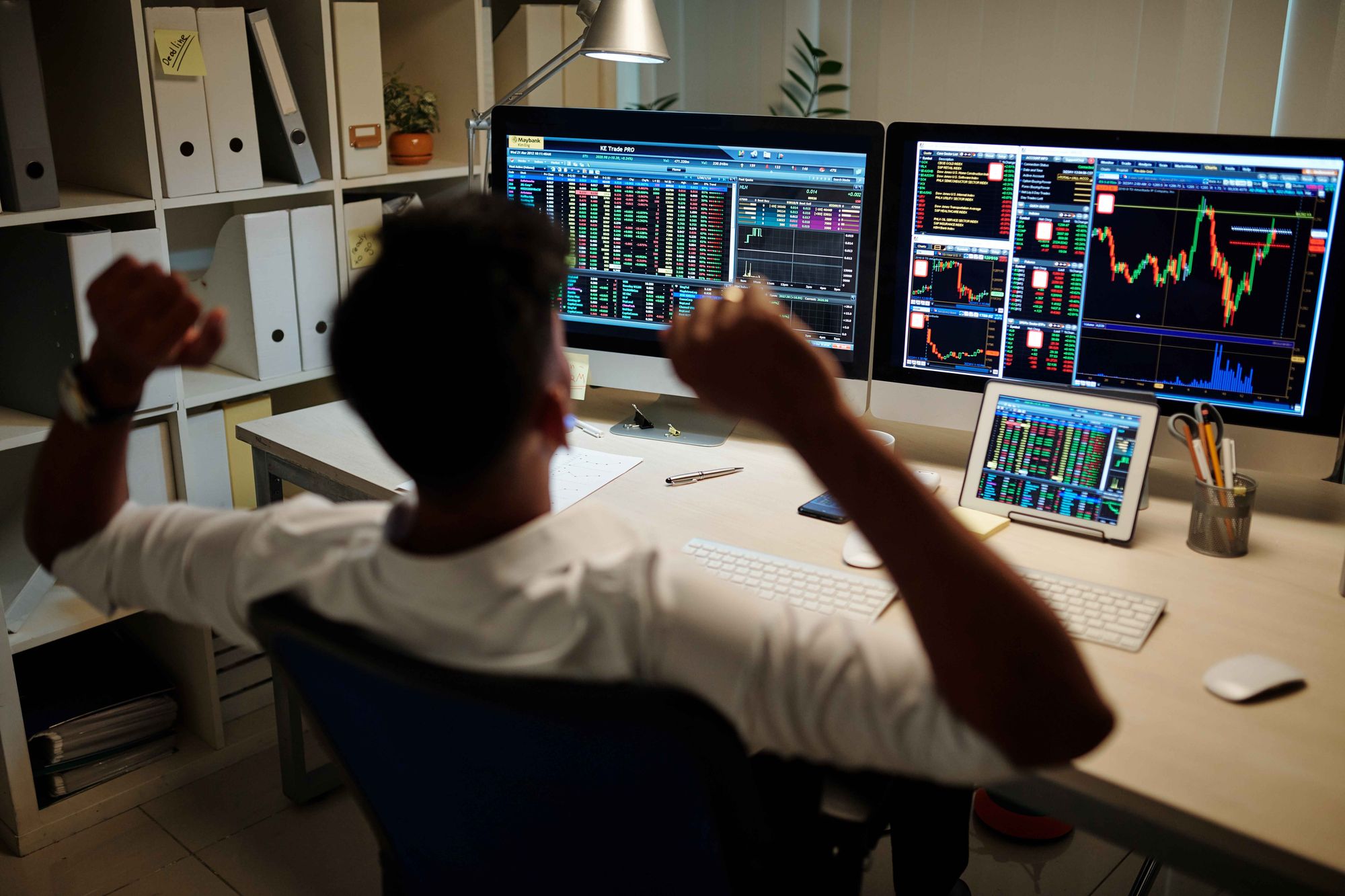
Chart patterns are essential tools in technical analysis, enabling traders to interpret price movements and predict future market behaviour. Among their many uses, one of the most significant is identifying breakouts and breakdowns. These occurrences can signal the beginning of new trends or the continuation of existing ones, providing traders with valuable insights for making informed decisions. In this blog, we will delve into how to use chart patterns to spot breakouts and breakdowns effectively.
Understanding Chart Patterns
Chart patterns are formations created by the price movements of a security on a stock chart. These patterns emerge from the collective behaviour of buyers and sellers and often indicate future price movements. There are various chart patterns for trading, each with unique characteristics and implications.
- Continuation Patterns: Indicate that the current trend is likely to continue. Examples include flags, pennants, and rectangles.
- Reversal Patterns: Suggest that the current trend is about to reverse. Common examples are head and shoulders, double tops and bottoms, and inverse head and shoulders.
- Bilateral Patterns: These patterns indicate that the price could move in either direction. Symmetrical triangles are a classic example.
What Are Breakouts and Breakdowns?
- Breakouts: This occurs when the price of a security moves above a resistance level, indicating the start of a new upward trend.
- Breakdowns: This happens when the price falls below a support level, signalling the beginning of a new downward trend.
Identifying breakouts and breakdowns is crucial for traders as these movements often lead to significant price changes.
Identifying Breakouts with Chart Patterns
To effectively identify breakouts, traders need to understand and recognise specific chart patterns. Let’s explore some of the key chart patterns that one can find on algo trading platforms like uTrade Algos that signal potential breakouts.
Ascending Triangle
- Description: This pattern forms when the price creates higher lows while the highs remain relatively flat, forming a horizontal resistance line.
- Breakout Signal: A breakout occurs when the price moves above the horizontal resistance line, indicating a potential upward trend.
Cup and Handle
- Description: The pattern resembles a cup with a handle, where the cup is a rounded bottom, and the handle is a short consolidation period.
- Breakout Signal: The breakout happens when the price moves above the resistance level formed by the cup’s rim, suggesting a bullish trend.
Flag Pattern
- Description: This short-term continuation pattern forms after a sharp price movement, followed by a period of consolidation that looks like a flag.
- Breakout Signal: A breakout is signalled when the price moves above the upper trendline of the flag, indicating the continuation of the previous trend.
Symmetrical Triangle
- Description: This pattern forms when the price converges into a triangle shape, with both the upper and lower trendlines sloping towards each other.
- Breakout Signal: A breakout occurs when the price moves above the upper trendline, suggesting a potential upward trend.
Identifying Breakdowns with Chart Patterns
Similarly, recognising chart patterns that indicate breakdowns is crucial for anticipating downward trends. Here are some patterns that signal potential breakdowns.
Descending Triangle
- Description: This pattern forms when the price creates lower highs while the lows remain relatively flat, forming a horizontal support line.
- Breakdown Signal: A breakdown occurs when the price moves below the horizontal support line, indicating a potential downward trend.
Head and Shoulders
- Description: This pattern consists of three peaks, with the middle peak (head) being the highest and the two outer peaks (shoulders) being lower and approximately equal in height.
- Breakdown Signal: A breakdown is signalled when the price falls below the neckline (the line connecting the lows of the shoulders), suggesting a bearish reversal.
Double Top
- Description: This pattern forms after an uptrend and consists of two peaks at approximately the same price level, indicating resistance.
- Breakdown Signal: The breakdown happens when the price moves below the support level between the two peaks, signalling a potential bearish trend.
Rectangle Pattern
- Description: This pattern forms when the price trades within a horizontal range, creating a rectangle shape.
- Breakdown Signal: A breakdown occurs when the price falls below the lower trendline of the rectangle, indicating a potential downward trend.
Using Chart Patterns for Day Trading
Day traders often rely on chart patterns to make quick trading decisions. Day trading chart patterns can help traders identify potential breakouts and breakdowns within shorter time frames, allowing them to capitalise on intraday price movements.
- Rapid Identification: Day traders use chart patterns for trading because they provide quick visual cues about market conditions. Recognising patterns like flags, triangles, and double tops/bottoms on intraday charts allows traders to make swift decisions.
- Setting Entry and Exit Points: Chart patterns enable day traders to set precise entry and exit points. For instance, a trader might enter a long position when the price breaks above the upper trendline of a symmetrical triangle and set a stop-loss order below the pattern’s lower trendline.
- Risk Management: Effective use of chart patterns helps day traders manage risk. By identifying key support and resistance levels, traders can set stop-loss orders to limit potential losses if the market moves against their position.
Practical Tips for Using Chart Patterns
- Combine with Technical Indicators: While chart patterns are powerful on their own, combining them with technical indicators like moving averages, RSI (Relative Strength Index), and MACD (Moving Average Convergence Divergence) can provide additional confirmation for breakouts and breakdowns.
- Volume Analysis: Pay attention to trading volume when identifying breakouts and breakdowns. A breakout or breakdown accompanied by high volume is more likely to be genuine and sustained.
- Stay Updated: Continuously monitor the stock chart patterns and stay updated with market news and events that could impact price movements. This helps in making more informed decisions.
- Practice and Experience: Identifying and interpreting chart patterns accurately takes practice. Use demo accounts to practice recognising patterns and understanding their implications before applying them in live trading.
Chart patterns, on algo trading platforms like uTrade Algos, and otherwise, are invaluable tools in technical analysis, providing traders with insights into potential breakouts and breakdowns. By understanding and utilising stock chart patterns, traders can anticipate market trends and make strategic decisions. Whether you are engaging in day trading chart patterns or analysing longer-term trends, the ability to recognise and interpret chart patterns is essential for any trader.

 July 12, 2024
July 12, 2024






